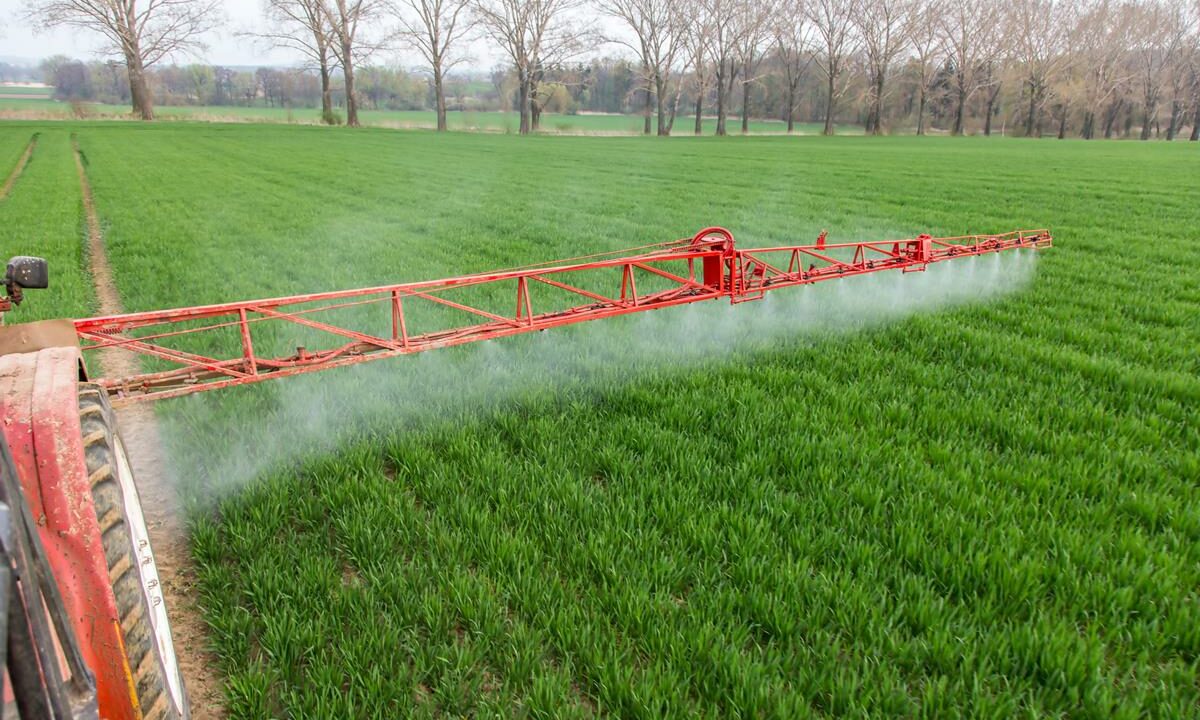Net blotch, which can result in yield losses of up to 40%, has been identified in winter barley crops in the UK and Ireland.
The disease, which according to the Agriculture, Horticulture and Development Board (AHDB) can cause typical yield losses of between 10% to 40% where it is not well controlled, has been identified in winter barley crops during recent farms walks.
The disease reduces the quality of grain, increasing screenings and the risk of crop rejection for malting.
Net blotch can also be particularly damaging when symptoms continue to develop through the winter and into the early spring, producing an early epidemic as the crop develops.
Typically the disease affects the yields of both winter and spring barley, but tends to be more important in winter barley.
The most serious symptoms usually occur on upper leaves during warm humid weather in the summer on unprotected susceptible varieties.
Infected seed
Net blotch infects barley via infected seed or infected trash. Symptoms at the early growth stages can vary, depending on the source of the infection.
Seed infection causes brown stripes to spread from the base of leaves in seedlings and tillering plants, which can look similar to leaf stripe infection.
Later on in the season, the symptoms of leaf stripe and net blotch become more distinct, with the symptoms of net blotch becoming more typical of that disease.
Infection from splash-borne spores, from infected trash or neighbouring plants, is the most common cause of infection. Symptoms start as individual spots that can easily be mistaken for ramularia leaf spot.
These elongate and turn into brown stripes or blotches with a random netting of darker lines along and across the leaf.
Symptoms can be extensive in winter but affected leaves die back and new leaves in spring can be symptom-free.
Spot form
The ‘spot form’ of the disease is less common.
A chlorotic halo surrounds the oval lesions. Unlike the net form, these spots do not elongate, but grow to be 3-6 mm in diameter.
This symptom can also be mistaken for ramularia leaf spot. However, spot form lesions are not rectangular and are not limited by the leaf veins.
Net blotch also occurs throughout the season whereas ramularia leaf spot symptoms typically appear after flowering.
Leaves frequently have yellowing associated with all of these types of lesion, particularly when the symptoms are severe.
Late attacks can also affect the glumes and awns, producing dark brown flecking and striping.
Famers have been advised that net blotch management requires a holistic approach to be taken.
Resistant barley
Growing a more resistant barley variety reduces the risk of the disease substantially. However, it should be noted that the pathogen has the ability to overcome this resistance.
As a result, growers should monitor all varieties, even those with a high net blotch rating, throughout the season.
Avoiding successive barley crops and minimising previous crop debris from infected crops will also reduce the risk of infection.
In addition, controlling volunteers, avoiding early sowing, and managing nitrogen to avoid excessive concentrations in plants also reduce the risk of net blotch.
Growers should use clean seed where possible. They should not save seed from heavily infested crops.
Seeds should be tested to assess the need for seed treatment. It’s a case of using the agar plate method, which takes 7–10 days.
The alternative is a molecular test, which takes 48 hours. This gives results as a percentage infection of the seed, which should be treated if there is over 15% infection.
Fungicides used at the main spray timings can protect crops against net blotch.
